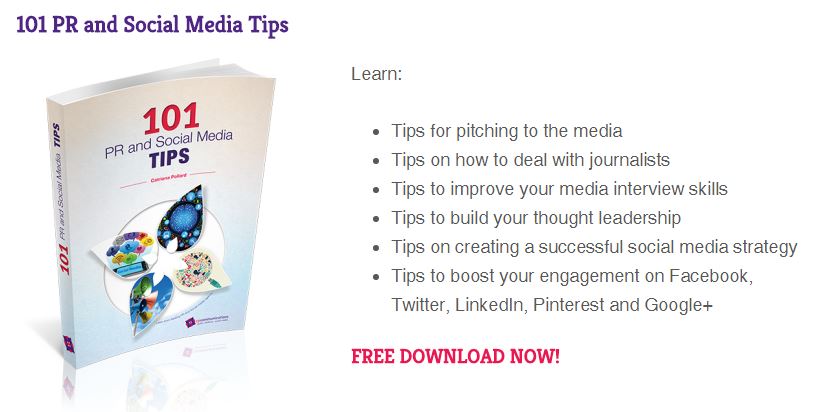Attracting the attention of a journalist with a gripping article is a critical step toward getting your content published. Articles provide a compelling format to communicate your personal or organisational brand, expertise and services.

Having your article published by an external source provides your content with greater credibility, and helps to position you as a noted industry professional and opinion leader. As journalists act as a conduit between yourself and your target audience, it is paramount that your article is crafted to first engage the journalist.
Consider your audience
Although your article has the intent of achieving your organisational objectives, you must also be mindful of catering to the objectives of journalists. The goal of your article will ultimately be to communicate your key messages to your target publics. However, journalists are not interested in publishing pieces that are blatantly promotional, and audiences are not compelled to read them.
You must align your objectives with those of journalists by infusing your piece with elements of newsworthiness. To do this, you should consider the ‘so what’ factor of your article, being the reasons why your piece would matter to a journalist and their readers. This can be achieved by avoiding subjectivity and instead validating your writing with external sources and facts.
Customise your article
In order to get your work published, your article must match the tone and style of the journalist or publication you are pitching to. Journalists often have pressing deadlines and continuous demand for content publication within the 24-hour news cycle. Journalists are much more likely to be drawn toward articles that are ready for publication without any tedious editing and reformatting.
As journalists often have hundreds of competing pitches waiting in their inbox, sending a polished and ready-to-publish article will help you to stand out. This consideration will also improve your chances of the journalist seeking your content in the future. Emulation of the journalist or publication writing style can include imitation of the tone, length, and diction of previous articles. It can also involve being mindful of search engine optimisation (SEO) by imbedding your article with keywords or search phrases. It is most effective to create several drafts of the same article to customise your pitch to appeal to various audiences.
Be relevant
An article may be compelling, insightful and well-written, but it is unlikely to get published unless it is timely. Journalists are often forced to regretfully reject great articles due to the subject matter not being of currency. It is critical to look for a news hook which demonstrates to the journalist that your piece is of great relevance. This can be achieved through monitoring news to stay informed of current events and topical subjects, and incorporating them into your article as practical examples.
It is also beneficial to monitor publishing activity of individual journalists to pitch specifically to those who have recently covered topic similar to your own. However, you must ensure that your article is not too similar that it does not add anything to previous pieces. Rather, your article should contribute fresh and valuable insight, enhancing dialogue surrounding the topic.
Although your article should be written to engage with your target audience, it must be compelling to journalists. Infusing your writing with elements of newsworthiness will align your interests with those of journalists and enhance your likelihood of getting published.
This mindfulness and customisation will help your pitch to stand out amongst fierce competition for publication.
Get more tips in this FREE ebook:
Sydney Public Relations Agency, CP Communications provides specialist media, traditional and online PR strategies that get amazing results. Contact us today. For more great tips, visit our website www.cpcommunications.com.au.




